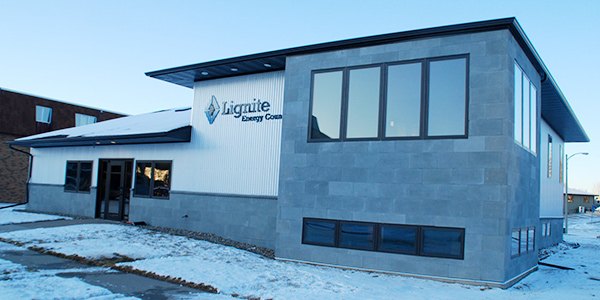MISO’s Advisory Committee is on a tight schedule to redesign the RTO’s sector setup.
The committee met virtually Wednesday to discuss possible design elements, a month after FERC said MISO’s creation of the Affiliate sector as a repository for new difficult-to-define members was fair only on a temporary basis.
FERC approved the sector late last month but gave MISO until March 2021 to work out a more permanent member-sorting process and representation model that affords full participation to all members. The commission said the RTO should be swift in forming a long-term equitable solution and said it would investigate the arrangement if left unrevised, a warning that had Commissioner Richard Glick crying foul. (See New MISO Sector Gets FERC OK — with a Catch.)
The Affiliate sector currently contains North Dakota coal-lobbying group Lignite Energy Council, coal trade organization America’s Power, and several chambers of commerce and mining organizations. It also contains conservative lobbying group Center of the American Experiment and sustainability and conservation trade association Minnesota Forest Industries.
The AC is now asking whether the new sector should be allowed to vote on recommendations to the MISO Board of Directors. The sector cannot vote for the time being, but it can offer opinions during discussions with the board during the committee’s quarterly meetings.
The Union of Concerned Scientists’ Sam Gomberg said he would be concerned if MISO discussions took a more political turn. He said the RTO has historically been very good about minimizing politics in its guided policy conversations.
Some AC members argued that the Affiliate sector’s miscellaneous status means that members would not reach enough of a consensus to cast votes. Others said all MISO sectors should have a vote.
“Voting is more de minimis and often a rarity. We do a lot of things by consent,” AC Chair Audrey Penner said. “When we do vote, we’re voting on pretty important issues.”
AC votes are nonbinding and advisory in nature to the board and MISO staff.
The committee has already decided the board will have the final say in creating new sectors and MISO will be the final arbiter when a disagreement occurs over whether an organization is a good fit for a certain sector. Sectors must also establish their membership criteria and post them on the public MISO website. (See MISO Members Make 1st Rules on Sectors.)
The AC is now asking if it should consolidate some of its 10 other existing sectors. With 11 sectors, MISO has more than any other RTO or ISO. The committee is asking how many is too many.
Independent Power Producers and Exempt Wholesale Generators sector representative Travis Stewart said the sheer number of people participating can make the AC’s quarterly “hot topic” discussions before the board chaotic. He said a more structured discussion with fewer representatives per sector could yield more streamlined discussions.
Some members said sectors don’t need to be thinned or merged; instead, they need more face time with the board. A few proposed that sector representatives form a liaison committee to the board in order to get more access to and interaction with it.
“MISO does have a very different access to the Board of Directors. And this is my personal view: It’s much more controlled,” said Beth Soholt, representative of the Environmental and Other Stakeholder Groups sector. “Other RTOs have unfettered access to their boards.”




